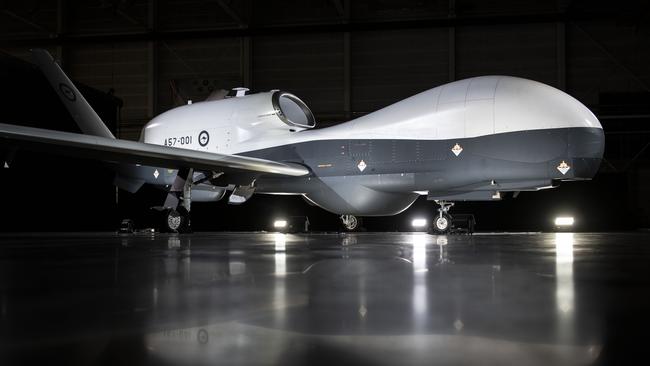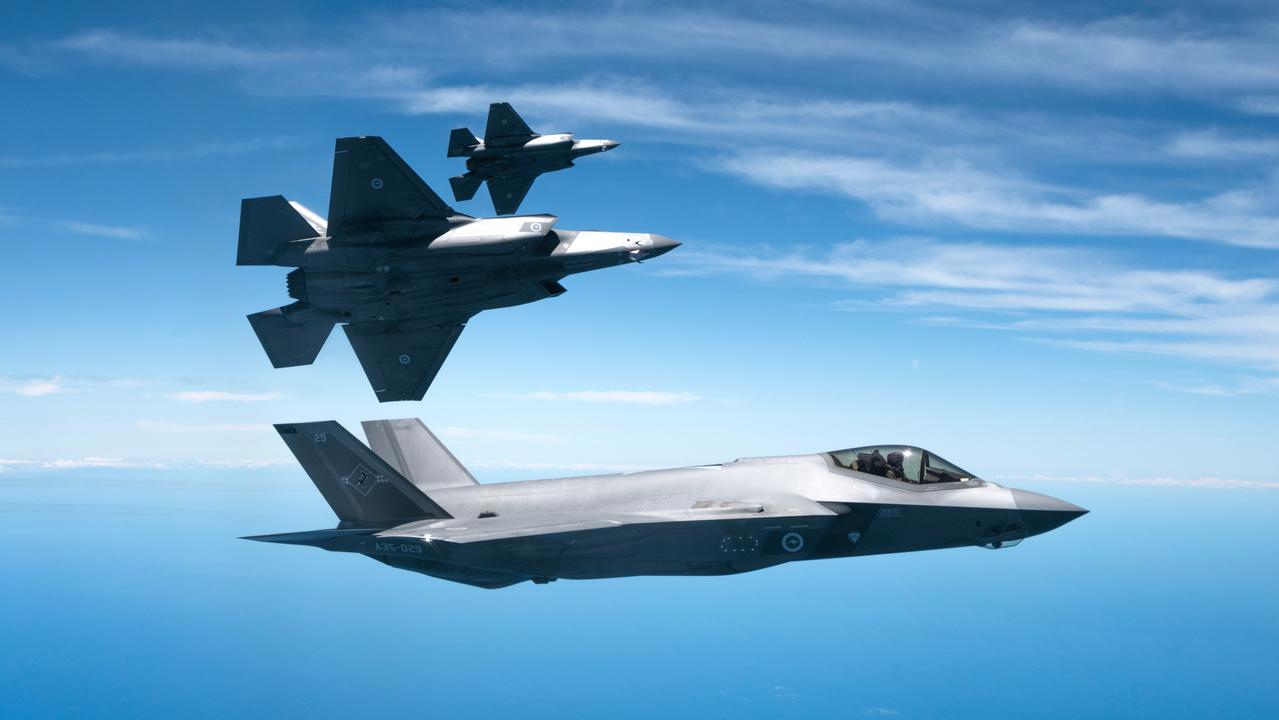Wide ocean cover needs more than the three ordered Tritons
Australia is working with the US Navy to make further enhancements to Triton uncrewed surveillance aircraft from Northrop Grumman.

One of the outcomes widely anticipated in the Albanese government’s Defence Strategic Review (DSR) is the announcement of additional Northrop Grumman MQ-4C Triton uncrewed surveillance aircraft for the Royal Australian Air Force.
The RAAF is set to receive three of the ocean-spanning maritime surveillance platforms under Project Air 7000 Phase 1B beginning in 2024 but it has a need for six, and possibly seven, Tritons to watch over thousands of square kilometres of open ocean in Australia’s maritime areas of interest.
The MQ-4C Triton is designed to operate in conjunction with the RAAF’s Boeing P-8A Poseidon manned maritime surveillance aircraft and is reportedly able to cover 2.5 million square kilometres of the Earth’s surface during a single 24-hour mission.
With the US Navy, Australia is a co-operative partner in the development of the high-altitude long-endurance (HALE) Triton capability, but Air 7000 Phase 1B is currently running approximately one year behind schedule following a US government pause in funding under the former Trump administration in February 2020.
With US funding since restored, the Triton program is now back on track and it is in this context that further Australian government announcements are anticipated.
In the meantime, infrastructure works to support Triton operations at RAAF Base Tindal in the Northern Territory and RAAF Base Edinburgh outside Adelaide have now been given the green light to proceed.
“The delivery of the first Triton, and as a result the original Initial Operational Capability (IOC) date, has been delayed by one year.
Uncertainty around the US program in 2020 resulted in a decision to delay referral (of infrastructure works) to the Public Works Committee, and facilities design was paused,” a Defence spokesperson said.
“The project was declared a Project of Interest in March 2020 due to the US Navy announcing a potential production funding requirement for its Triton program.”
The US Navy has a requirement for 68 Tritons, to deliver five surveillance orbits around the world on a 24/7 basis.
“The US government has since restored funding over consecutive budgets and the program is on track to deliver all the capabilities required to meet Australia’s requirements (and) the program has since been removed from the Projects of Interest,” the spokesperson explained.
The first of the three Tritons already funded for Australia was ceremonially unveiled at Northrop Grumman’s production facility in Palmdale, California, in September 2022.
The aircraft is currently undergoing a series of subsystem installations and testing, before being flown across America to the US Navy’s test facility in Patuxent River, Maryland.
Following US Navy acceptance testing it will be delivered to Australia along with the relevant ground and support systems in 2024. The first RAAF personnel are now undergoing training with the US Navy’s Unmanned Patrol Squadron 19 (VPU-19) in Jacksonville, Florida.
“Defence is in the initial stages of transition to the Triton. The first tranche of MQ-4C training began with the US Navy in November 2022 and is due for completion in mid-2023,” the spokesperson explained.
“The first crew will return to Australia and prepare for Triton introduction into service. Training for additional crews will begin in the second quarter of 2023 and continue through until the fourth quarter of 2024.”
The RAAF’s Tritons will be delivered in the latest US Navy configuration known as Integrated Functional Capability 4.0 (IFC-4) or Multi-INT, and will benefit from an enhanced mission systems payload, which will include a Northrop Grumman-developed electronically-scanned surveillance radar as well as a significant Signals Intelligence (SIGINT) capability.
The first US Navy Triton to receive the IFC-4 capability upgrade was delivered to Patuxent River in February 2022 and the program received a major boost in the 2023 US defence budget with an additional $US584m of funding to upgrade more Tritons to the new configuration. The US Navy expects to achieve IOC with this configuration during the course of this year.
Looking to the future, Australia is working with the US Navy under the co-operative development program to deliver further enhancements to Triton’s capabilities under what Northrop Grumman refers to as “Increment Two” configuration.
This will possibly include the integration of a weather radar system and further enhancements to the aircraft’s mission systems. US funding for Increment Two development is anticipated towards the end of 2023.
“The Triton project is an example of the successful partnership between the Australian Department of Defence and the US Navy and reflects the collaborative work between the two countries in delivering this strategic capability,” the Defence spokesperson said.
The Triton is expected to remain in RAAF service until at least 2045.


